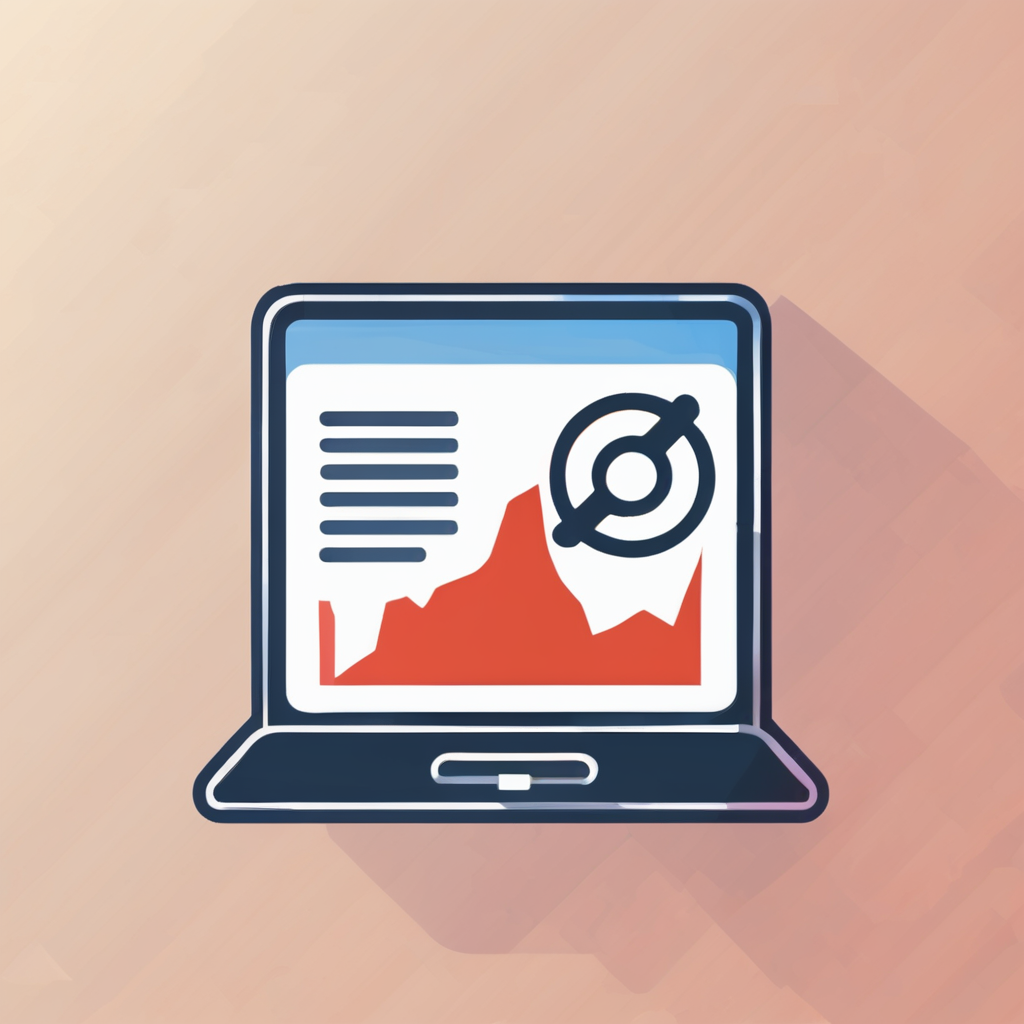Immediate impacts of smartphones on daily activities
Smartphones have profoundly reshaped daily habits, transforming the way routines are organized and executed. Their role in smartphones and routine integration is evident as they streamline tasks that once required multiple devices or manual effort. For example, activities such as communication, scheduling, and information retrieval have become more instantaneous, effectively structuring daily schedules around device accessibility.
The impact of technology on daily habits is both beneficial and disruptive. On one hand, smartphones optimize productivity by consolidating alarms, calendars, and reminders into a single, portable tool. On the other, habitual device checking can fragment attention, affecting focus during tasks. For instance, navigating through emails or social media during work or leisure can interrupt the flow of daily activities.
In the same genre : How do UK consumers assess smartphone camera quality?
Statistics on smartphone usage highlight this duality. Recent studies reveal that average users interact with their devices over 80 times per day, demonstrating the deep integration of smartphones into routine. Such frequent use illustrates how these devices anchor many components of a user’s daily schedule, from morning routines—like checking news or weather—to evening relaxation facilitated by streaming apps.
Understanding this balance between efficiency and distraction is key when examining the immediate impacts of smartphones on daily activities. Embracing the advantages of technology while managing its disruptions allows for a more intentional and effective integration of smartphones into daily life.
Topic to read : How do UK consumers prioritize smartphone features for computing?
Influence on productivity and work-life balance
Mobile technology has significantly reshaped productivity and work-life balance, especially with the rise of remote work. On one hand, mobile devices enable employees to manage tasks efficiently from virtually anywhere, enhancing flexibility. This leads to better time management and the ability to respond promptly to work demands, improving overall productivity.
However, the constant connectivity also presents risks. Mobile technology can blur the lines between work and personal life, leading to distractions and multitasking that reduce focus. The challenge lies in balancing accessibility with boundaries to prevent burnout and maintain mental well-being.
To maintain optimal focus, consider practical strategies such as setting specific work hours, using apps that limit notifications during focused periods, and creating dedicated workspaces even when working remotely. These approaches help leverage mobile technology’s benefits while mitigating its downsides, supporting both productivity and a healthy work-life balance.
Effects on social interactions and relationships
Social communication has been profoundly influenced by the rise of digital connections. The ease of online interaction has transformed how people stay in touch with friends and family. Virtual platforms allow for frequent updates and instant messaging, making it simpler to maintain relationships over long distances. However, this shift also presents challenges. The quality of these interactions often lacks the depth and emotional nuance found in face-to-face contact.
Maintaining relationships through online interaction offers both enhancements and drawbacks. On the positive side, digital connections help bridge geographical gaps, enabling sustained communication even when people are far apart. This accessibility can strengthen bonds by promoting more consistent contact. Conversely, reliance on virtual interactions can lead to misunderstandings, reduced empathy, and occasional feelings of isolation due to the absence of physical presence.
Moreover, the impact of virtual interactions varies depending on individual circumstances and preferences. While some find digital communication enriching, others experience it as a replacement that cannot fully substitute for the subtleties of in-person social communication. Balancing online interaction with opportunities for face-to-face contact remains essential to nurture meaningful relationships.
Consequences for health and wellbeing
Extended screen time has notable health effects, impacting both physical and mental well-being. Physically, prolonged exposure to screens often leads to eye strain, characterized by dryness, irritation, and blurred vision. Poor posture during device use can cause musculoskeletal problems like neck and back pain, contributing to chronic discomfort.
On the mental health front, excessive screen time can elevate levels of stress and anxiety. The constant connectivity and digital stimulation may foster a sense of overwhelm or digital addiction, where individuals struggle to disconnect from their devices. This addiction can lower overall mental resilience and increase feelings of isolation despite online interactions.
Sleep disruption is another critical consequence. Exposure to blue light emitted from screens before bedtime suppresses melatonin production, leading to difficulties in falling asleep and reduced sleep quality. This interruption in daily rest cycles not only harms physical recovery but also affects cognition and mood regulation, creating a vicious cycle of fatigue and anxiety.
Understanding these consequences emphasizes the importance of managing screen time to protect both physical and mental health, fostering better sleep hygiene and overall wellbeing.
Strategies for responsible smartphone use
Balancing technology with wellbeing
Managing screen time effectively is crucial for maintaining digital wellbeing. One of the most practical smartphone tips involves setting clear boundaries: designating specific hours for checking messages or social media helps prevent excessive use. For instance, using built-in app management tools to limit daily access to certain applications can reduce distractions and promote healthier habits.
Developing mindful habits around device use encourages a conscious approach to technology. This means being intentional about when and why you pick up your phone rather than reacting automatically. Simple changes, like disabling non-essential notifications or putting the phone on “Do Not Disturb” during work or family time, foster better focus and reduce stress.
Examples of routines that integrate technology healthily include setting phone-free zones, such as during meals or before bedtime. Allocating device-free periods encourages engagement with the physical environment and social interactions. Combining scheduled smartphone breaks with regular physical activity supports both mental and physical health, reinforcing a balanced relationship with technology.


